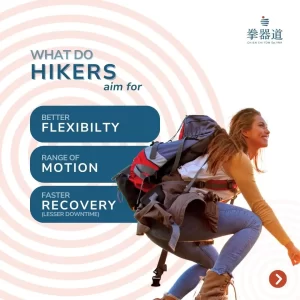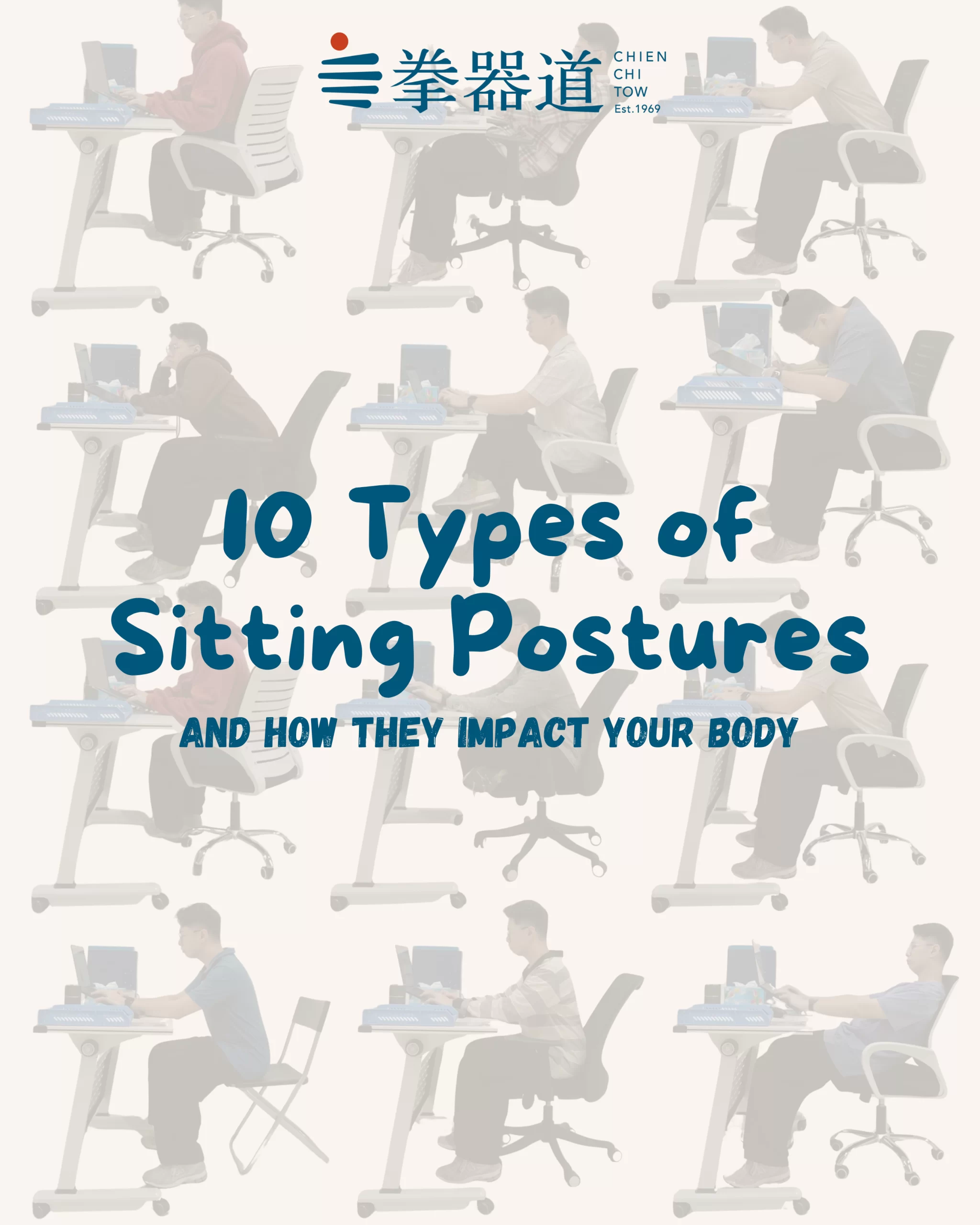Hiking is a physically demanding activity that engages multiple muscle groups and requires both endurance and strength, especially when tackling challenging terrains. Maintaining the smooth flow of Qi (vital energy) and blood throughout the body is essential for physical health and optimal performance, from a Traditional Chinese Medicine (TCM) perspective.
Understanding the Hiker's Body from a TCM Perspective
In TCM, the body’s health and functionality are seen through the balance and flow of Qi and blood. Hiking challenges this balance, as it can lead to muscle overuse, fatigue, and the accumulation of lactic acid, manifesting as muscle stiffness, soreness, and reduced flexibility. These physical issues are often signs of Qi stagnation and blood stasis, particularly in the legs, back, and shoulders, which are heavily utilized during hiking.
Tui Na with Trigger Point Massage in Hiking
Muscle overuse, fatigue and reduced flexibility are issues that may accumulate for most hikers, and many hikers might not identify that as an issue until they are unable to continue with their hike to the peak. Other than your strength training, you can also look at utilizing Tui Na with Trigger Point massage or stimulation to assist in your body maintenance and recuperation.
Alleviating Muscle Stiffness and Pain
Direct Relief
Applying pressure to trigger points helps release muscle tension and alleviate pain, directly addressing the discomfort that can accumulate from long hikes.
Enhanced Recovery
By reducing muscle stiffness and pain, trigger point stimulation can speed up the recovery process, enabling hikers to return to the trails sooner and with less discomfort.
Improving Flexibility and Range of Motion
Increased Mobility
Releasing trigger points increases muscle elasticity, which is crucial for maintaining a full range of motion. This is particularly important for navigating uneven terrains and steep inclines.
Prevention of Injuries
Improved flexibility and mobility can help prevent injuries by allowing the body to adapt more easily to the demands of hiking, such as sudden changes in terrain or elevation.
Enhancing Circulation
Boosted Blood Flow
Trigger point stimulation can improve blood circulation, ensuring that muscles receive adequate oxygen and nutrients. This is essential for muscle performance and endurance on long hikes.
Reduced Delayed Onset Muscle Soreness
Enhanced circulation helps in the removal of metabolic waste products, reducing muscle fatigue and increasing stamina.
Supporting Qi Flow
Energetic Balance
From a TCM perspective, trigger point stimulation helps restore the smooth flow of Qi, which is vital for overall health and vitality. Balanced Qi flow supports physical energy and mental clarity, both of which are beneficial for challenging hikes.
Common Issues faced by Hikers
Prolonged Muscle Fatigue and Soreness
Cause
Prolonged physical activity, especially on uneven terrain, can lead to muscle fatigue and soreness due to the accumulation of lactic acid and micro-tears in muscle fibers.
Impact
Reduced physical performance, discomfort, and increased risk of injury.
Joint Pain and Inflammation
Cause
The repetitive impact of walking, especially downhill, can strain the knees, ankles, and other joints, leading to pain and inflammation.
Impact
Limited mobility and potential for chronic joint issues.
Overexertion
Cause
Attempting trails that exceed one’s fitness level or not taking adequate breaks can lead to overexertion.
Impact
Increases the risk of all the above issues, particularly muscle and joint injuries.
4 Simple DIY Trigger Point Stimulation Exercise for Hikers
Hikers can greatly benefit from simple DIY Trigger Point Stimulation exercises to alleviate muscle stiffness, enhance recovery, and prevent injuries. These exercises target common areas of tension and discomfort that hikers experience due to the repetitive and strenuous nature of hiking. A regular routine can help improve flexibility, reduce pain, and enhance overall hiking performance.
Calves
Foam roller or massage ball
Sit on the floor and place the foam roller or massage ball under your calves. Use your hands to lift your body slightly off the ground, and roll from just below the knee to the ankle. Pause and apply pressure on any tender spots for 30 to 60 seconds.
Lower Back
Foam roller
Lie face down on the floor and place the foam roller under your thighs. Using your forearms for support, roll forward and back from the bottom of your hip to the top of your knee. Focus on any tender spots by pausing and applying pressure for 30 to 60 seconds.
Hamstrings
Foam roller or massage ball
Sit with your legs extended in front of you and place the foam roller or massage ball under your thighs. Support yourself with your hands on the floor behind you and gently roll from the bottom of your glutes to the back of your knees, pausing on any tender spots.
Gluteal Muscles
Massage ball
Sit on the floor and place a massage ball under one side of your glutes. Lean into the side being worked on and roll over the ball to find tender spots. Once a trigger point is found, maintain pressure for 30 to 60 seconds.
Lower Back
Foam roller or two tennis balls taped together
Lie on your back with your knees bent, and place the foam roller or tennis balls under your lower back. Avoid putting pressure directly on the spine. Gently roll side to side, focusing on the muscles adjacent to the spine. Apply pressure on tender spots for 30 to 60 seconds.
Tips for Effective Trigger Point Exercise
Consistency
Regularly incorporate these exercises into your routine, especially after long hikes, to maintain muscle health and flexibility.
Breathe
Deep, relaxed breathing helps facilitate muscle relaxation and enhances the effectiveness of TPT.
Hydration
Drink plenty of water after performing TPT exercises to help flush out toxins from the muscles.
Gentle Pressure
Start with light pressure and gradually increase as your muscles relax. Avoid applying too much pressure, which can cause bruising or increased muscle tension.
Listen to Your Body
If an area feels too sensitive, adjust the pressure or move to a different spot. The goal is to relieve tension, not cause more discomfort.
By doing these exercises, golfers can address common areas of muscle tension that impact their swing, leading to improved flexibility, reduced risk of injury, and potentially better performance on the golf course.









